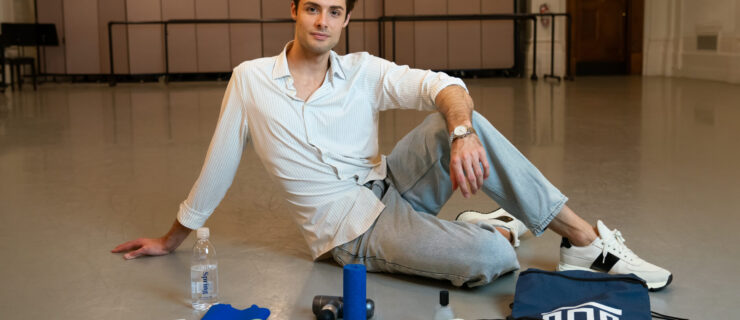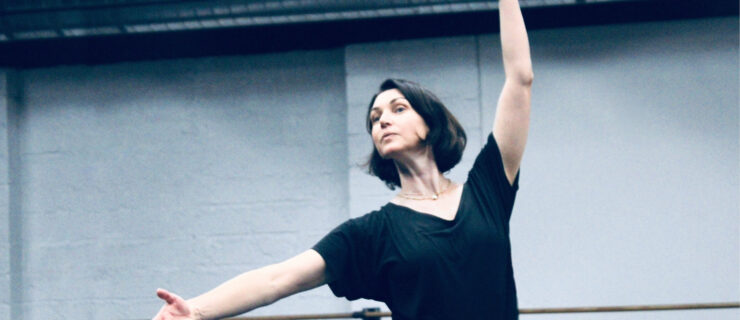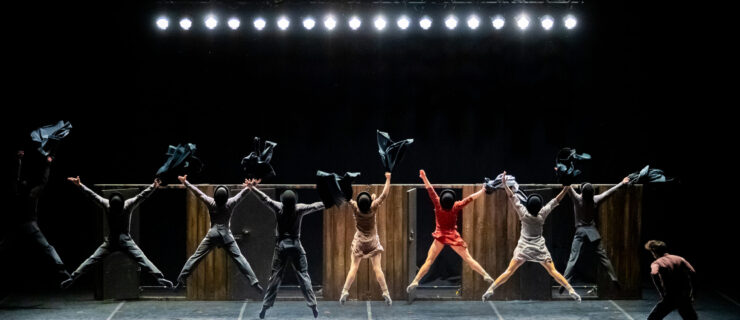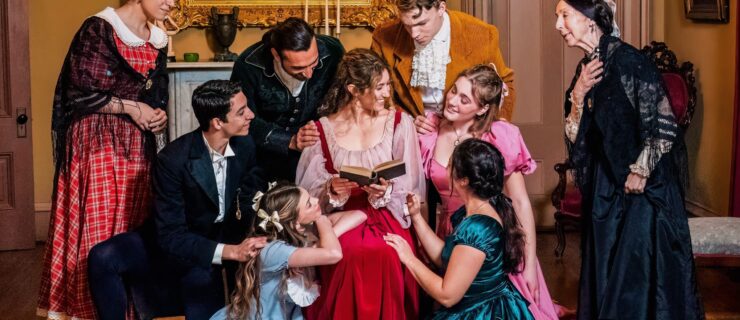ABT’s Thomas Forster and His Sister, Louise: Two Dancers Who Equally Inspire Each Other
In 2021, Thomas Forster, principal dancer with American Ballet Theatre, came out with his first children’s book, My Daddy Can Fly! At the story’s conclusion, he added acknowledgments to his family, sharing a photo of himself as a boy with his younger sister Louise at the beach. Louise has Down syndrome and is a dancer in London with Magpie Dance, the leading UK dance charity for individuals with intellectual disabilities. Under their photo, Tom wrote, “Louise is by far my favorite dancer in the world.”
Tom and Louise were raised in London with their youngest sister, Rachel, in a home that prioritized art. Their mother, Joy, is an arts therapist, and their father, Frank, who passed away seven years ago from cancer, was a sculptor.
In a recent joint Zoom interview, the older two Forster siblings talked about their childhoods, their love of dance, and what they’ve learned from each other. “I love watching Louise dance,” Tom says in the interview. “She has no inhibition. She feels the music the way she feels it. I’m almost jealous of her freedom.” Louise laughs, looking at her brother. She, in turn, is very impressed with Tom’s dancing in New York City: “He is really, really great. Eleven out of 10!” Sometimes though, she admits, she finds his dancing a little bit boring. Tom laughs. They’ve had very different paths in the dance world, but they remain devoted to celebrating (and teasing) one another.
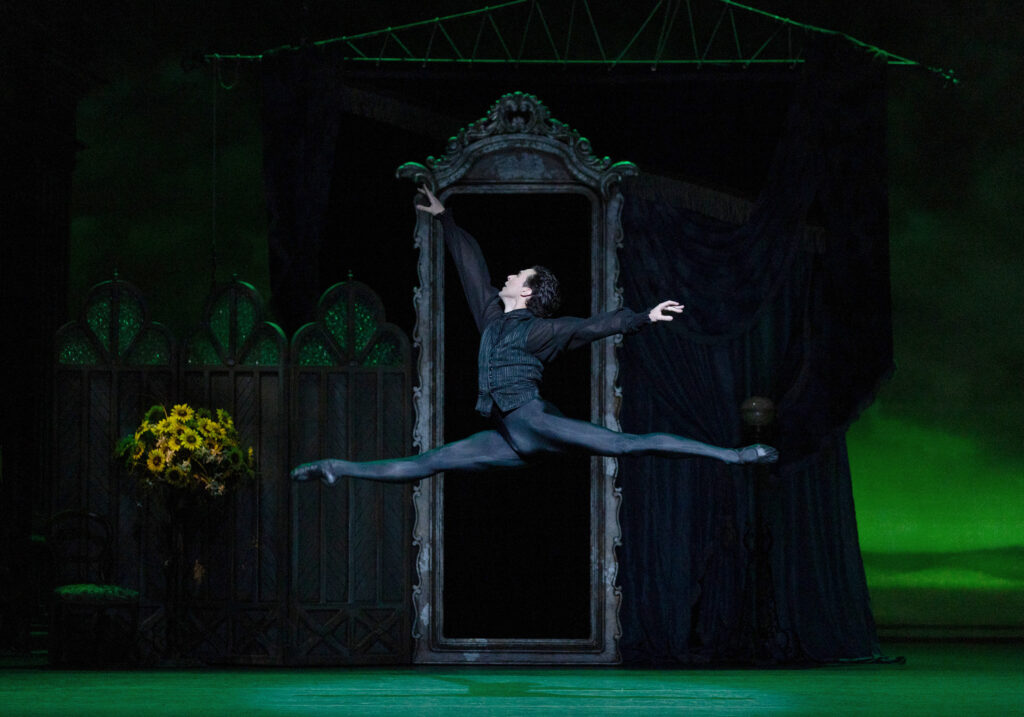
“She lights up the room.”
Louise has always been drawn to dance and movement. For her, it’s an organic means of expression. She dances all over the home, when music comes on at a pub, whenever she feels like it. For over 20 years, she’s been a member of Magpie Dance, where she’s performed in yearly productions and has many friends. “I like being both in the studio and onstage,” Louise says. Alison Ferrao, the artistic director of Magpie Dance, says in an interview that Louise is a natural performer: “She lights up the room. In class, Louise always creates dramatic shapes with her body that you can’t ignore.”
Louise joined Magpie Dance’s youth program in the early 2000s and has since taken classes in choreography, ballet technique, and conditioning. Primarily, though, Louise dances contemporary. Every class has live music, with two facilitators supporting the dancers. The dancers have mixed communication abilities, so instructions are given both verbally and with Makaton, a language program that uses signs, symbols, and speech. Each year, the program highlights a different artistic theme, chosen by the dancers themselves. On the centenary of World War I, for example, the theme explored the role of people with intellectual disabilities during the period. Louise created a performance piece as a Canary Girl—one of the women who worked for ammunitions factories whose hair and skin turned yellow.
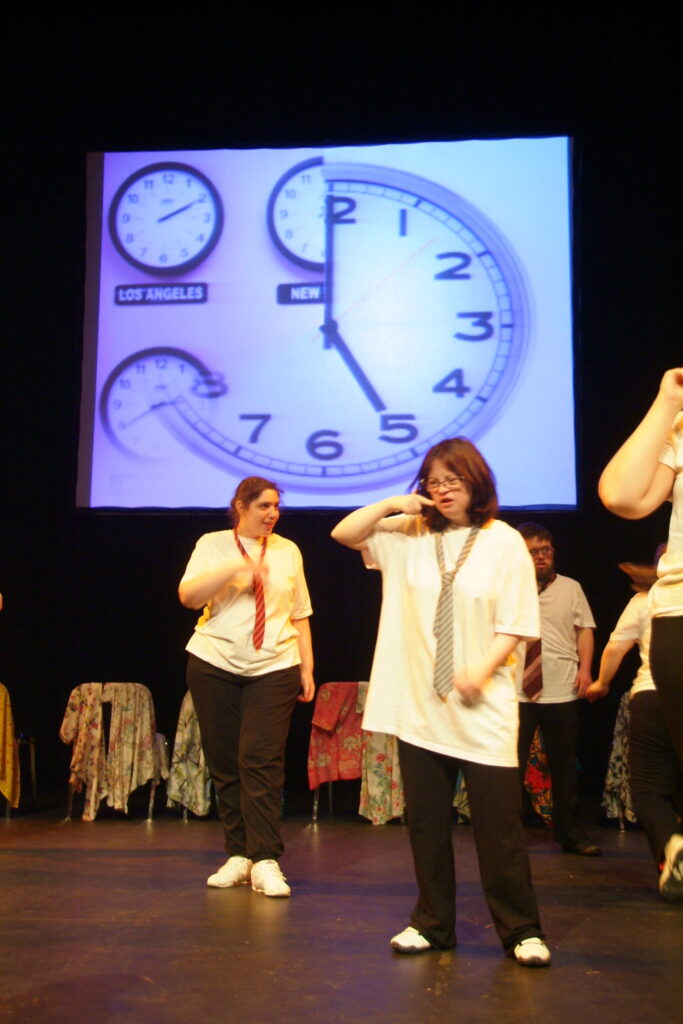
Though Magpie Dance began as a weekly recreational dance class in 1985, it now serves over 130 dancers weekly, ages 3 through 76, all with different abilities and levels of independence. Some of the trained dancers are employed to serve as ambassadors in dance workshops for special-education schools in England. Magpie Dance also has many partnerships and collaborations, including with the Royal Ballet and Opera and the Akram Khan Company. “We’re dancer-led,” Ferrao says. “Not everyone can speak, but that doesn’t prevent anyone from communicating and leading.”
Overcoming Challenges
Tom’s dance journey was quite different—he wasn’t naturally drawn to it. As an athletic boy, he wanted to do karate, but his mother felt he was too young. At her behest, he started ballet to strengthen his legs and prepare him for the martial art. Her encouragement paid off. Tom made his way to the Royal Ballet Junior Associates and eventually landed a position in ABT’s corps. He became a principal in 2020.
But dance is not an organic process for Tom in the same way it is for Louise. He has dyslexia and therefore studies his roles with videos both before and after rehearsal so that he can create a mental map of the piece. This helps him not waste time worrying about the choreographic sequence and allows him to focus on the steps’ execution or what the movement is trying to portray. His limitations and the pressure of high-achievement environments like ABT mean that he’s also had to work hard to overcome the stress and anxiety that’s come along with his job. “When I was younger, it used to hinder my performance,” Tom says. “But the more you put yourself in the position of performing, the more your body learns to handle the anxiety.”
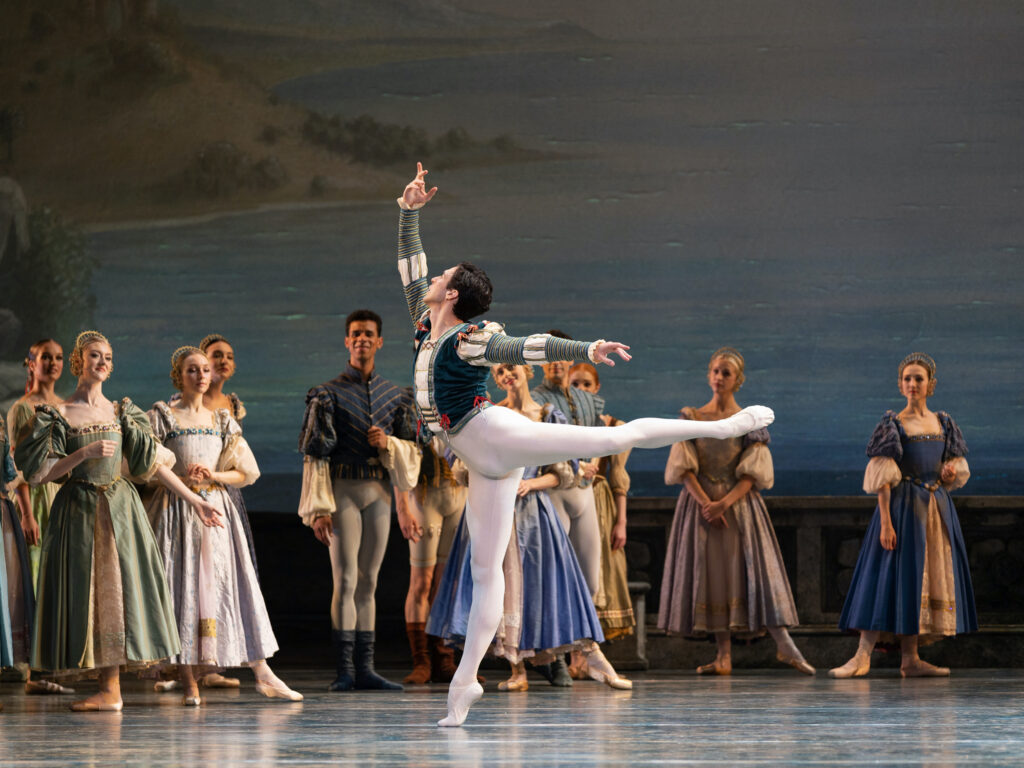
Now in his late 30s, Tom knows his time onstage is limited, and the old anxiety is much lessened. He wants to enjoy each performance he has left. Louise inspires him. He tries to enter the music the way she does—that is, fully. Right before the curtain goes up, he tells himself: “Stay calm. Listen to the music.” He thinks of his family. This summer, he took on the lead male roles in Swan Lake, Onegin, and Romeo and Juliet. This fall, he’s starring in Gemma Bond’s world premiere of La Boutique.
Movement for the Sake of Joy
Louise and Tom remain very close, despite the last 20 years of living on opposite sides of the Atlantic Ocean. They FaceTime each other and play video games together online; Louise often wins. Yet, they both admit, it’s been hard. They both feel they’ve missed a lot of time together. “You can’t go back in time,” Tom says, “but I do miss my family and Louisey-peazy a lot.” In the Zoom interview, Louise hugs her brother—she expresses herself more often with her body than with her words. Tom and his son, Ben, visit London for an extended period each year when the performance season is over. “I love having time with them,” Louise says. They play soccer in the parks, eat fish and chips, and hang around the house. Sometimes they have dance parties together.
Tom is immersed in an elite niche known for its excellence, rigor, and exclusivism, but he still contends that the kind of dance he most delights in is the kind Louise intuitively does: movement for the sake of joy. “When she dances,” Tom says, “she is free. Louise doesn’t think of what anyone else is thinking of her. She’s just living. I admire that.”

Shaped by a family life that valued art, vulnerability, and interdependence, Tom now extends those values into his dance community. Inside ABT, he’s known for his emotive and trustworthy partnering, but also for his gentle and steadfast character. “Working so closely together in the studios can often feel quite vulnerable,” says Adrienne Schulte, a former ABT colleague. “Tom has a keen ability to sense when his colleagues could use some extra support or just a good laugh. His sincerity and compassion shine through, as he truly cares for everyone around him.”
Tom credits Louise and his family with forming him and reminding him what’s truly important. He says: “Louise is so happy and she brings so much joy and love and life to all of us. I feel like we’ve been so lucky that she is so well and living a lovely, full life. It makes us all come together a bit more, with Louise. She brings me grace.”


